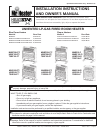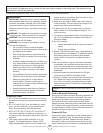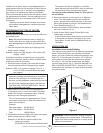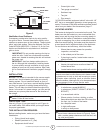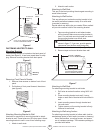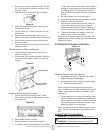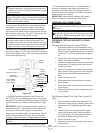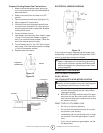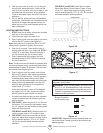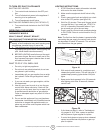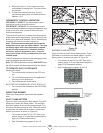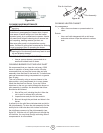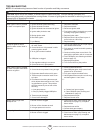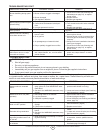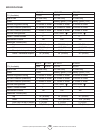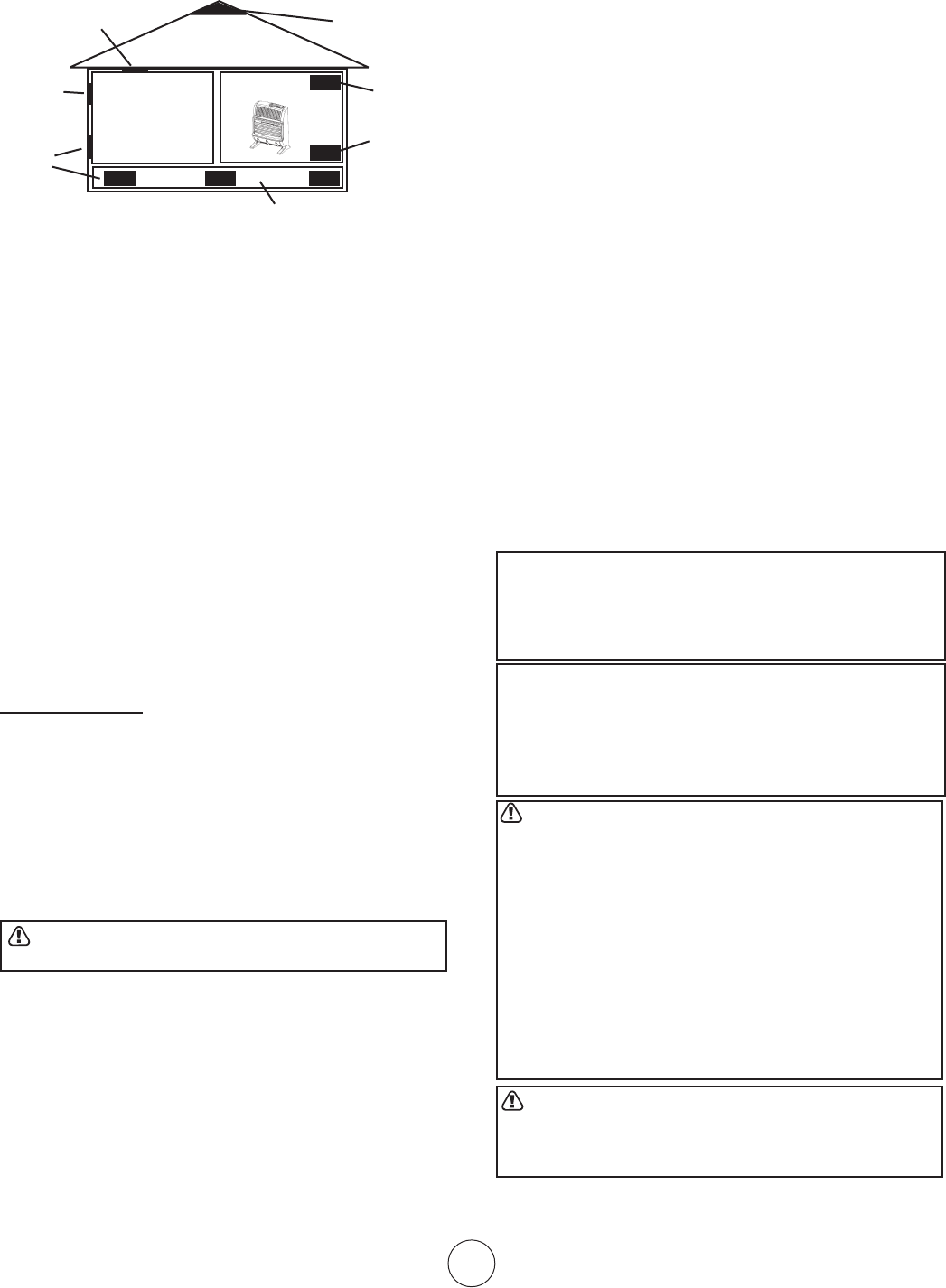
5
Installation Instructions and Owner’s Manual
Unvented Liquid Propane Fired Room Heater
Figure 3.
Ventilation from Outdoors
If necessary provide extra fresh air by using ventila-
tion grills or ducts. Connect these items directly to the
outdoors or spaces open to the outdoors. These include
attics* and crawl spaces. Follow the National Fuel Gas
Code NFPA 54/ ANSI Z223.1, Section 5.3, Air for Com-
bustion and Ventilation for required size of ventilation
grills or ducts.
*IMPORTANT: Do not provide openings for inlet or
outlet into attic. If attic has a thermostat-controlled
power vent, heated air entering the attic will activate
the power vent.
IMPORTANT: Vent-free heaters add moisture to
the air. Although this is benecial, installing heater
in rooms without enough ventilation air may cause
mildew to form from too much moisture. See Fresh
Air for Combustion and Ventilation, pages 3 through
5.
INSTALLATION
NOTICE: This heater is intended for the use as supple-
mental heat. Use this heater along with your primary
heating system. Do not install this heater as your pri-
mary heat source. If you have a central heating system,
you may run system’s circulating blower while using
heater. This will help circulate the heat throughout the
house. In the event of a power outage, you can use this
heater as your primary heat source for the duration of
the outage.
WARNING: A qualied service person must install
heater. Follow all local codes.
CHECK GAS TYPE
Use only LP-gas. If your gas supply is not LP-gas, do
not install heater. Call dealer where you bought heater
for proper type heater.
THIS INSTALLATION REQUIRES:
Before installing heater, make sure you have the items
listed below:
• Piping (check local codes)
• Sealant (resistant to LP_Gas)
• Equipment shutoff valve*
• Ground joint union
• Test gauge connection*
• Sediment trap
• Tee joint
• Pipe wrench
*A CSA/AGA certied equipment shutoff valve with 1/8”
NPT tap is an acceptable alternative to test gauge con-
nection. Purchase a CSA/AGA certied equipment shutoff
valve from your dealer. See Accessories, page 17.
LOCATING HEATER
This heater is designed to be mounted on the wall. The
heater can also be located on a non-combustible oor,
away from a wall by using the oor mounting stands in-
cluded with the heater. If installed on combustible oor-
ing such as carpeting, tile or other combustible material
other than wood ooring, the heater must be placed on
a wood panel the full width and depth of the appliance.
For convenience and efciency, install the heater:
• Where there is easy access for operation,
inspection, and service.
• In the coldest part of the room.
• If planning to use fan, locate heater near an
electrical outlet.
CAUTION: If you install the heater in a home garage:
• Heater pilot and burner must be at least 18
inches above oor .
• Locate heater where moving vehicle will not hit it.
CAUTION: This heater creates warm air currents. These
currents move heat to wall surfaces next to heater. Install-
ing heater next to vinyl or cloth wall covering or operat-
ing heater where impurities (such as tobacco smoke,
aromatic candles, cleaning uids, oil or kerosene lamps,
etc.) are present in the air may discolor walls.
WARNING: Never install the heater:
• In a bathroom; except MHBF6LP
• In a bedroom (IR20LPT, IR30LPT, BF20LPT or
BF30LPT)
• In a recreational vehicle .
• Where curtains, furniture, clothing, or other
ammable objects are less than 36 inches from
the front, top, or sides of the heater.
• As a replace insert
• In high-trafc areas
• In windy or drafty areas
WARNING: Heater must be mounted to maintain
the minimum clearances shown in Figure 4. If pos-
sible, provide greater clearances from the oor, ceil-
ing, and joining walls.
INLET
AIR
OUTLET
AIR
VENTILATION CRAWL SPACE
TO CRAWL
SPACE
TO ATTIC
VENTILATION AIR
VENTILATED
ATTIC
OUTLET AIR



